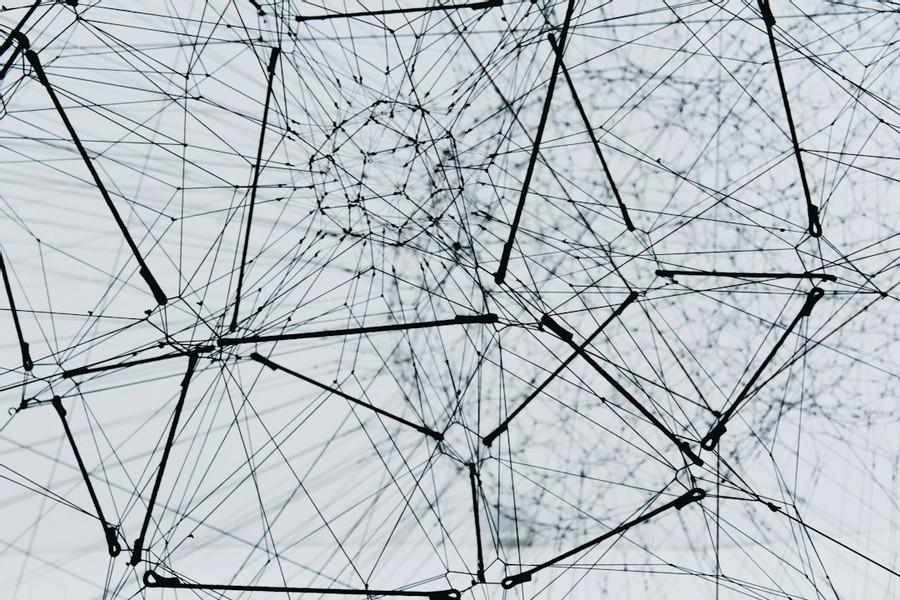Why Build in Web3
Curated from: hbr.org
Ideas, facts & insights covering these topics:
8 ideas
·469 reads
2
Explore the World's Best Ideas
Join today and uncover 100+ curated journeys from 50+ topics. Unlock access to our mobile app with extensive features.
Enter Web 3.0
A major change is coming to the internet. While today’s dominant platforms have guarded their troves of user data and maintained an advantage through network effects, new companies — working in what they’re calling a “Web3” model — are proposing a new value proposition to users. In Web3, instead of platforms having full control of the underlying data, users own whatever content they have created (such as posts or videos), as well as digital objects they have purchased, and these digital assets are typically portable.
13
99 reads
Advantages Of Web 3.0
This new paradigm has a few important advantages: it’s easier for new companies to compete with established ones if they offer better user experience; the system is less zero-sum, because user lock-in isn’t the primary goal; and it can be easier to win users’ trust, as key operations can be encoded on the blockchain in “smart contracts” that are auditable and immutable.
13
79 reads
Data Interportability
Users’ ability to take their data from one platform to another introduces new sources of competitive pressure, and likely requires firms to update their business strategies. If a platform isn’t creating enough value for its users, they might simply leave. And indeed, in Web3, new entrants can explicitly incentivize power users to move to them — for instance, the NFT (for “non-fungible token”) trading platform LooksRare recently launched through what’s called a “vampire attack,” rewarding people for switching over from the dominant platform OpenSea.
13
57 reads
Creating Trust
The costs associated with creating user trust are much lower in Web3. Managing digital assets on public ledgers makes it clearer which assets exist and who owns what, which was previously a struggle on the web.
If a digital artist, for example, claims that a new artwork is limited to 489 editions, then prospective owners can verify that on the blockchain directly — without needing to trust the artist themself, or having a gallery or other intermediary provide such an assurance.
13
54 reads
A Scammy Start
Of course, given the early financial use cases of Web3 and the high volume of transactions, a number of bad actors have leveraged the hype to orchestrate scams. Many of the Web3 experiences today were designed for tech-savvy power users, whereas ordinary users might have only a limited understanding of what an app or platform can actually do, much less be able to vet source code to verify that it functions as described. There’s a long way to go before Web3 technology is safe and accessible to the average consumer.
14
46 reads
Open And Interoperable Platform
Making platform backends open and interoperable enables compounding innovation and incentivizes direct investment in building the infrastructure layers.
Sharing infrastructure means that apps can focus on building great experiences, driving towards a greater emphasis on platform design as a source of competitive advantage. What an app has understood about its market manifests in its user experience and interface — and so even in Web3, user insight will continue to differentiate consumer apps.
13
38 reads
Unlocking A New Kind Of Network Effect
Web3 platforms also have the potential to unlock a novel and especially powerful form of network effect through community engagement and social cohesion. Ownership of digital assets fosters a sense of psychological ownership that can make consumers feel so invested in a product that it becomes almost an extension of themselves. A platform’s users literally become “fans” who form a bond through the shared platform experience — similar to how fans of a sports team or obscure band see themselves as a community.
13
45 reads
The Bottom Line
Web3 has the potential to unlock a more valuable internet for everyone. New companies can build on Web3 infrastructure to create communities around their brands and product concepts much more easily than in previous iterations of the web. And even established platforms can leverage these forces by plugging into blockchain-based content networks and giving their users some ownership over their data.
All of this means that the next era of the web will likely look a lot different — and more open — than the one we’re living with today.
13
51 reads
IDEAS CURATED BY
For every question, there is an answer. For every problem, there is a solution. For everything else, there is an explanation.
Ryker 's ideas are part of this journey:
Learn more about crypto with this collection
Understanding the basics of blockchain technology
The benefits and challenges of using blockchain
The future of blockchain technology
Related collections
Similar ideas
Read & Learn
20x Faster
without
deepstash
with
deepstash
with
deepstash
Personalized microlearning
—
100+ Learning Journeys
—
Access to 200,000+ ideas
—
Access to the mobile app
—
Unlimited idea saving
—
—
Unlimited history
—
—
Unlimited listening to ideas
—
—
Downloading & offline access
—
—
Supercharge your mind with one idea per day
Enter your email and spend 1 minute every day to learn something new.
I agree to receive email updates







